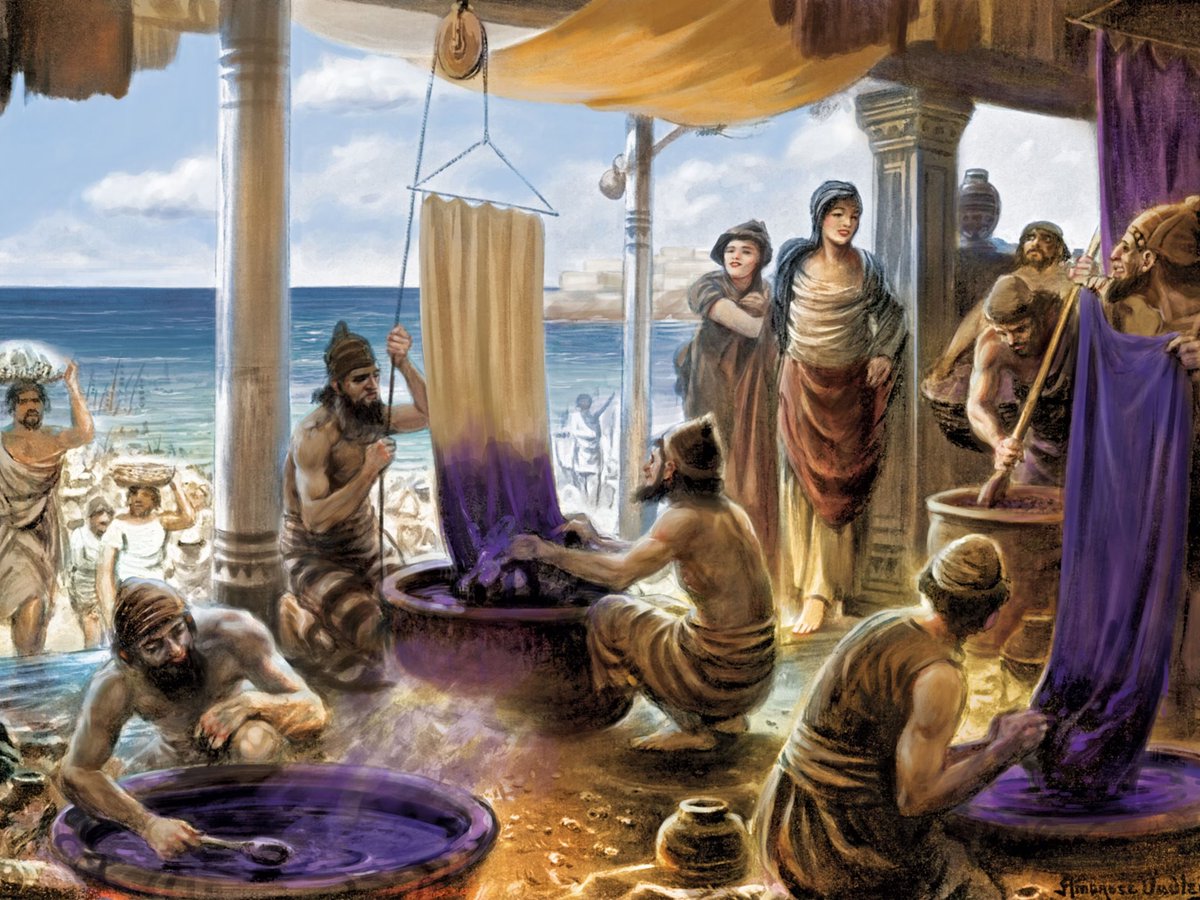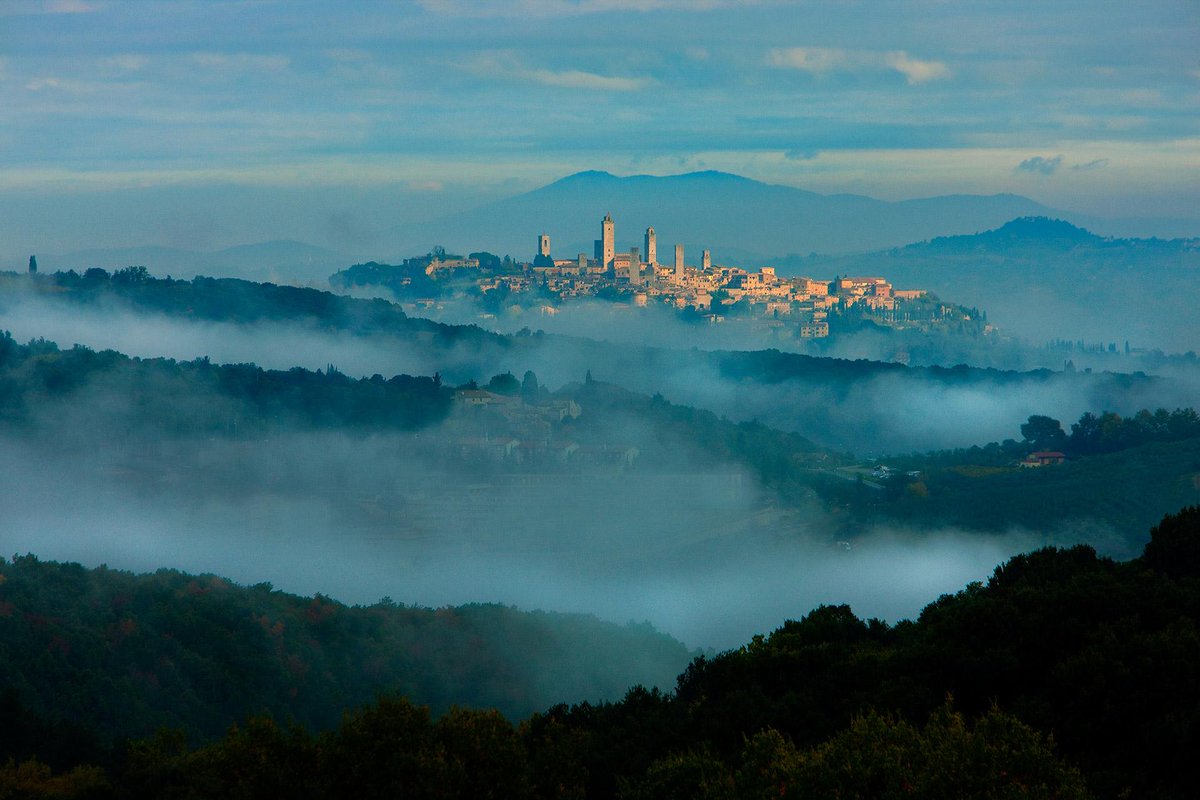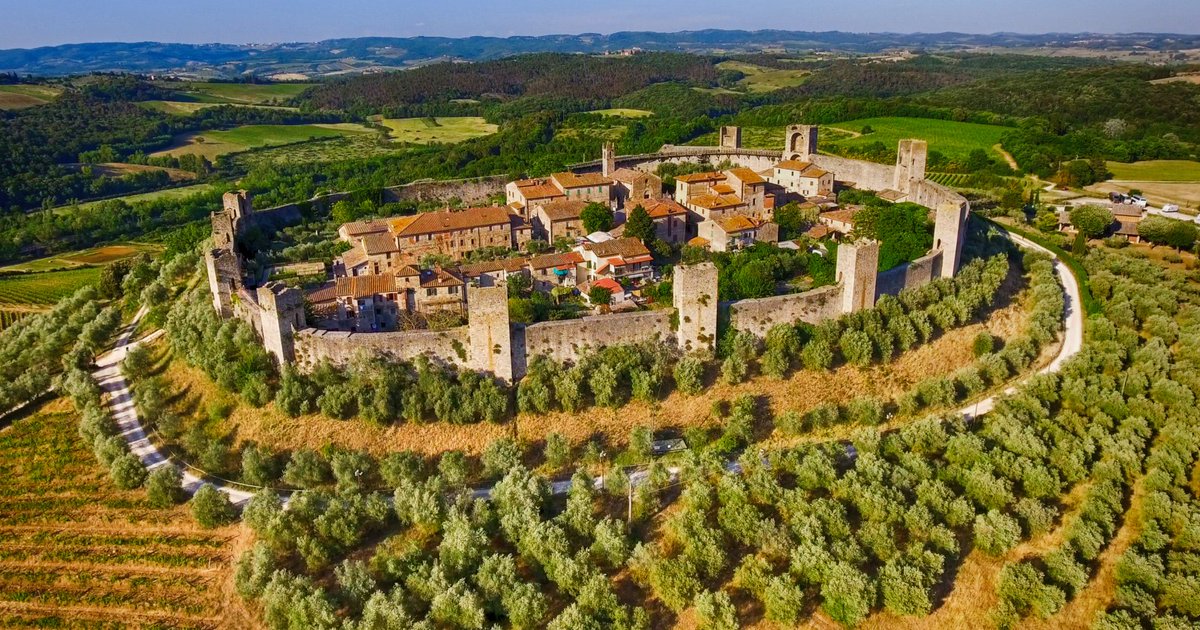In the pre-modern world, purple color was seen as a status symbol as it was incredibly expensive to make.
Until this guy named William Henry Perkin accidentally discovered how to make synthetic purple dye in 1856.
Millennia of elite status of purple color gone just like that.
Until this guy named William Henry Perkin accidentally discovered how to make synthetic purple dye in 1856.
Millennia of elite status of purple color gone just like that.

The ancients used to make purple color from sea snails found in the eastern Mediterranean Sea.
It was extremely expensive and time consuming to make and it became symbol of elite and royalty, known as Tyrian purple or imperial purple.
It was extremely expensive and time consuming to make and it became symbol of elite and royalty, known as Tyrian purple or imperial purple.

The dye was so expensive to make because 12,000 snails of the Murex brandaris species were needed for just 1.4 g of pure dye, which was only enough to color only the trim of a single garment.
Such was the difficulty of obtaining this precious color!
Such was the difficulty of obtaining this precious color!

The Tyrian purple was used by the likes of Phoenicians, Greeks and ancient Romans where it was used by emperors, members of elite and for special occasions.
In the Middle Ages, Byzantium continued to use it.
In the Middle Ages, Byzantium continued to use it.

In the West, however, scarlet red color began replacing purple as the royal color.
This was due to difficulties to obtain the precious Tyrian purple, especially after the fall of Constantinople in 1453.
The Catholic Church hierarchy gradually began adopting red as well.



This was due to difficulties to obtain the precious Tyrian purple, especially after the fall of Constantinople in 1453.
The Catholic Church hierarchy gradually began adopting red as well.



During the time of Charlemagne, the bishops and cardinals in Rome still wore Tyrian purple.
But by the end of the Middle Ages the cardinals began wearing scarlet red made from kermes!


But by the end of the Middle Ages the cardinals began wearing scarlet red made from kermes!


In the West, red was important as a color of martyrs and sacrifice and was also associated with crusades as crusaders wore red cross on a white mantle.




The color gules (red) also became the most popular heraldic tincture and was most commonly used on coats of arms of Western nobles. 

The flag of Rome today is dark red and yellow.
These are now the colors of the Romans.
While purple is associated with historic Roman Empire and Byzantium, it hasn't been associated with Rome for some time.
These are now the colors of the Romans.
While purple is associated with historic Roman Empire and Byzantium, it hasn't been associated with Rome for some time.

Because of these reasons, the color purple did not have a significant presence in the West by the time William Henry Perkin invented the purple dye in 19th century.
This is reflected in the fact that no European national flag uses purple color!
This is reflected in the fact that no European national flag uses purple color!

The only exception was the flag of the Second Spanish Republic which came into existence in 1931, at the time when the color purple could already be produced industrially.
But it ceased to exist in 1939 and no European country has had purple on its flag since.
But it ceased to exist in 1939 and no European country has had purple on its flag since.

It's interesting how William Henry Perkin discovered how to make purple completely accidentally.
He was only 18 at the time and was doing some experiments in his crude laboratory trying synthesize quinine.
When he cleaned the flasks with alcohol he noticed intense purple color.
He was only 18 at the time and was doing some experiments in his crude laboratory trying synthesize quinine.
When he cleaned the flasks with alcohol he noticed intense purple color.

Perkin called the dye that he produced mauveine and once it was tested that it could successfully color silk and other textiles, it became commercialized.
The color purple has been cheap to produce ever since.
The color purple has been cheap to produce ever since.

I find this very symbolic as it shows how the Industrial Revolution completely changed certain old standards overnight.
This Charlemagne's silk shroud was colored with the finest Tyrian purple!
It was worth a fortune at the time.
But now we could easily produce such color.
This Charlemagne's silk shroud was colored with the finest Tyrian purple!
It was worth a fortune at the time.
But now we could easily produce such color.

Since there is a lot of interest in this, I would like to promote this great short thread made by friend @HistoryinStory on cochineal dye which the Europeans found in the New World and instantly became highly valued for its intense red color!
https://twitter.com/HistoryinStory/status/1779660624789660095
• • •
Missing some Tweet in this thread? You can try to
force a refresh
















































